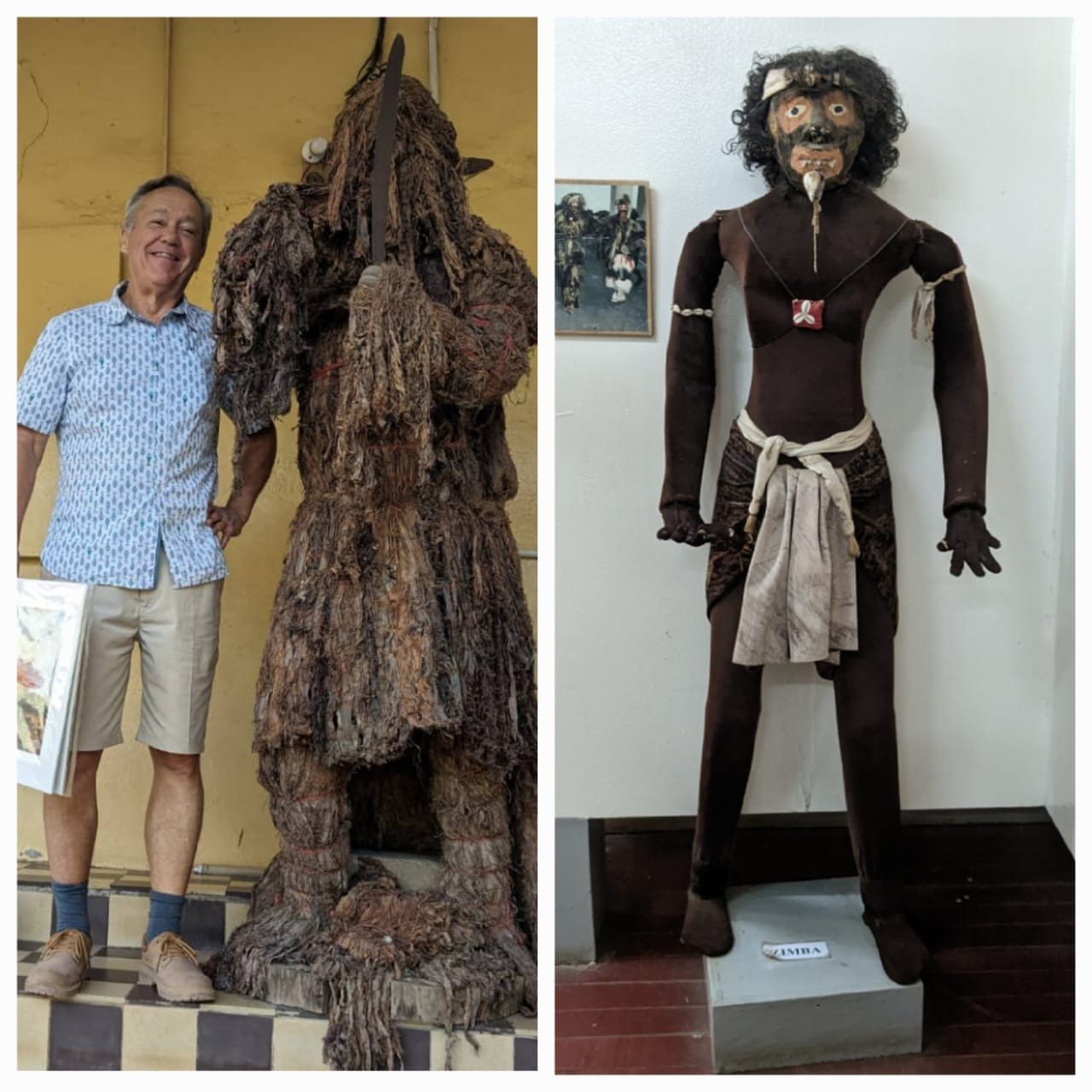On Gambia Colonial Chiefs: Maranta Sonko
He ruled Lower Niumi as a hereditary chief, whose ancestors were Kings of Niumi before he ceded his territory to the British in the Treaty of Essau of 1893 for an annual stipend of £110. Henceforth, Maranta was no longer King of Niumi, but simply chief of Upper Niumi as his former kingdom was carved by the British into two districts in 1902. He was the last king of Niumi, the Mandinka state founded in the 13th century after the fall of Mali.
He was highly respected by the British, who in a district report of 1905 praised the fact that ‘all the Government compounds are in excellent order, and the roads throughout the district were good’. Maranta erected a ‘krinting’ bridge across the tidal creek between Bakkendick and Buniadu, which lasted for many decades and was a real engineering marvel of its time.
He promoted the growing of groundnuts in his district, at a time when rice and millet were the most popular crops. With the assistance of the colonial authorities, Maranta distributed quick maturing Rufisque nuts variety to farmers in the district to increase yields. An observer wrote of his district in 1906: ‘the conditions of the people are satisfactory and prosperous’.
Yet, he hated taxation. At the first chiefs meeting with the Governor in Bathurst in 1897, Maranta lamented: ‘Our people are too poor to pay taxes. We cannot afford them. Please remove the taxes’. True his people were poor, but the ex-Niumi sovereign was more used to collecting than paying taxes.
Author: Hassoum Ceesay, ORG, Pen portraits of Colonial Chiefs of The Gambia






